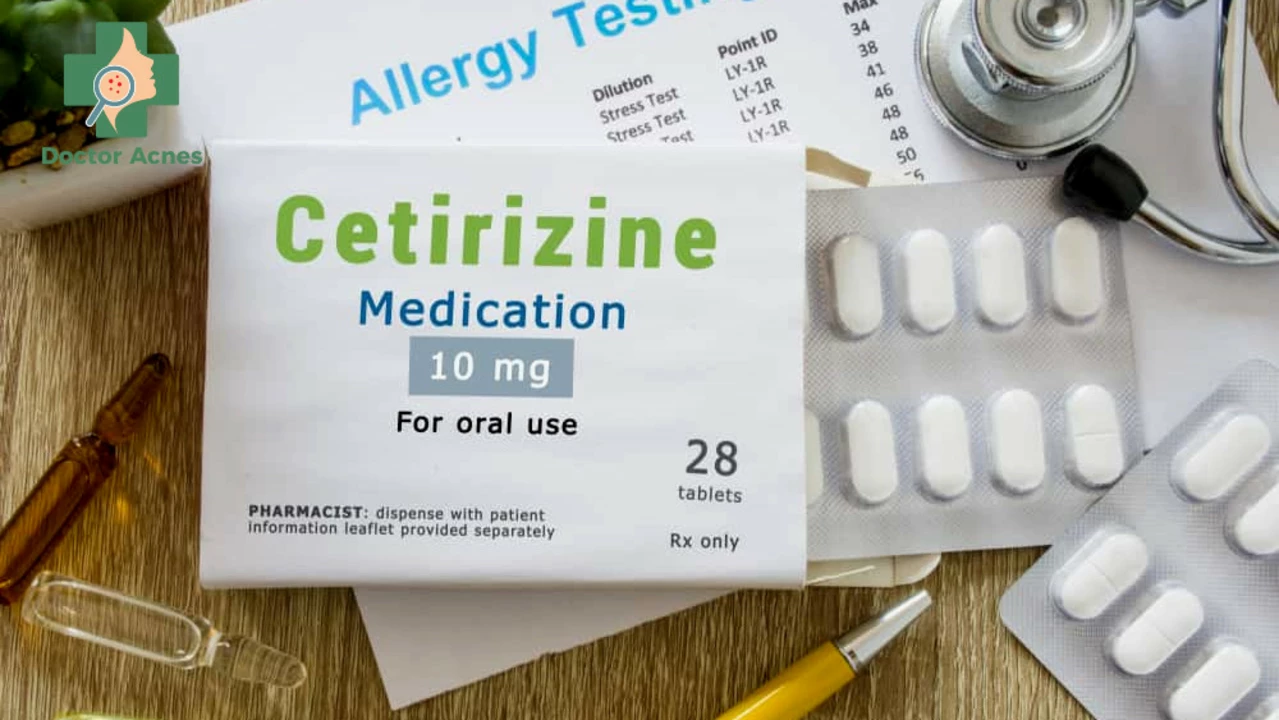Bepotastine (Bepreve): Fast Relief for Itchy, Allergic Eyes
If your eyes get red and itchy from pollen or pets, bepotastine eye drops can help. Sold as Bepreve in some places, bepotastine is an antihistamine made for allergic conjunctivitis. People often feel relief quickly, which makes it a useful option when allergy season hits.
What bepotastine is and how to use it
Bepotastine blocks histamine, the chemical that causes itch and redness in allergic reactions. The eye drop form is the most common in the U.S. One drop in each affected eye, usually twice a day, is the typical pattern—though you should always follow the label or your doctor’s directions. If you wear contact lenses, take them out before using the drops and wait at least 10 minutes before putting contacts back in unless your doctor says otherwise.
When putting drops in, tilt your head back, pull down the lower lid, and squeeze one drop into the pocket. Avoid touching the dropper tip to your eye or skin to keep the bottle clean. If you miss a dose, use it as soon as you remember unless it’s almost time for the next one—don’t double up.
Side effects, precautions, and tips
Most people tolerate bepotastine well. Common issues are mild and short-lived: brief eye burning, stinging, a bad taste in the mouth, or slight watery eyes. Serious reactions are rare but can include severe eye pain, vision changes, or signs of an allergic response—call your doctor right away if these happen.
Tell your doctor if you’re pregnant, breastfeeding, or taking other meds. While topical eye drops have limited absorption into the body, it’s still smart to check for drug interactions and medical advice. Also mention if you have eye infections, glaucoma, or recent eye surgery.
Some countries also use oral bepotastine for nasal allergy symptoms. If you find oral forms online, confirm the product and dose with a healthcare professional. Don’t start or stop medicines based on online ads.
Want to check facts? Read the patient leaflet that comes with the product. Manufacturer sites and official health agencies list study results, approved uses, and safety details. Your pharmacist can also walk you through proper application and answer quick questions about side effects or mixing with other treatments.
If allergies are seasonal and repeated, ask your doctor about long-term plans—like combining eye drops with antihistamine tablets, environmental controls (air filters, keeping windows closed), or allergy shots. Small changes at home can reduce how often you need medication.
Final quick tips: store the drops at the recommended temperature, discard after the expiration or the number of days shown on the bottle, and never share eye drops with others. If relief is short-lived or symptoms worsen, see an eye specialist.

Bepotastine and Oral Allergy Syndrome: Can it Help Manage Symptoms?
- by Colin Edward Egan
- on 16 May 2023
As a blogger, I recently came across the topic of Bepotastine and its potential role in managing Oral Allergy Syndrome (OAS) symptoms. OAS is a common form of food allergy that causes itchy mouth and throat after consuming certain raw fruits, vegetables, and nuts. Bepotastine, an antihistamine, has shown promise in reducing these symptoms due to its ability to block histamine receptors. Although more research is needed, it seems that Bepotastine could be a helpful treatment option for those suffering from OAS. I'm excited to follow any future developments and share them with my readers!
